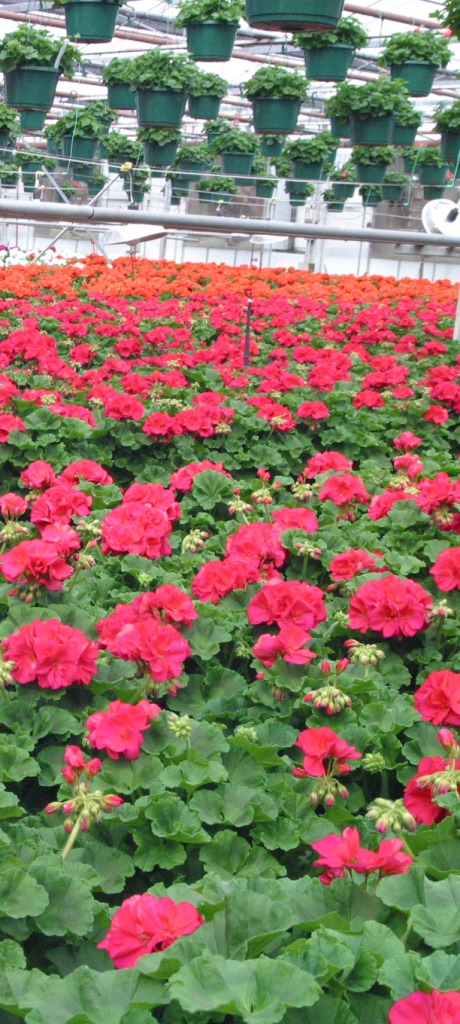
Many greenhouse and nursery reared plants are treated with insecticides to ensure they are pest-free when you make your purchase in the store.
Lobbying efforts by “defenders of the bees” have been rewarded by one of the largest retailers of nursery plants requiring new tags on plants. As reported today by Nursery Management magazine, all Home Depot plants treated by greenhouse or nursery producers with one of the neonicotinoid insecticides will have to carry a special tag informing customers of the treatment and potential residues.
What’s this about? It’s all part of a political and scientific brouhaha over a group of insecticides that were recently discovered to have some subtle, and possibly deadly, effects on bees at very low concentrations. It’s not that we haven’t known all along that these insecticides were toxic to bees; it’s all about HOW toxic they really are when applied according to label instructions, and whether these insecticides are responsible for the recent condition known as colony collapse disorder in honey bees.
You might think of this as a “Plan B” for those groups seeking to ban neonicotinoids. After first requesting EPA to outright ban these insecticides from the market (Plan A) and being turned down due to lack of scientific consensus on the issue, some advocacy groups have used grass-roots efforts to influence the market sector, and legislatures to press the issue.
I don’t know what the new warning tags will look like, but they are likely to confuse consumers and scare them away from purchasing these plants–regardless of the virtue of the warning. Nurserymen understand the issue. According to one producer quoted in Nursery Magazine, “We view…labeling of the plant with that tag [as] potentially creating customers’ perception that the plant should not be purchased.”
For the record, the majority of my colleagues who work in the ornamentals IPM area seem to feel the science does not back up the current level of alarm over neonicotinoids. Not all agree, but bee researchers in particular seem to favor Varroa mites and some new virus-caused diseases of bees as top suspects in colony collapse disorder.
What puts applied entomologists (who dedicate their careers to the practical task of protecting crops, humans and animals from pests) in a tough spot is that neonicotinoids have proved to be great tools for controlling some really tough pests, like emerald ash borer, bed bugs, house flies, cockroaches, whiteflies, scales and many others. For many of these pests there are no effective or safer alternatives.
And not all uses of neonicotinoids are likely to pose equal risks to pollinators. Many applications are made to plants that don’t attract many bees. Some formulations are designed to control ants, bed bugs and termites, with almost zero risk of contacting bees. Unfortunately, the public and legislative campaigns going on now are not very nuanced in this regard. All seem designed to paint the issue as black and white, with the ultimate goal of eliminating neonicotinoid use in all its forms.
So by all means educate yourself about the issue before deciding for or against purchasing a neonicotinoid-treated plant. Just keep in mind that science can’t always be rushed, but it will ultimately provide the answers.